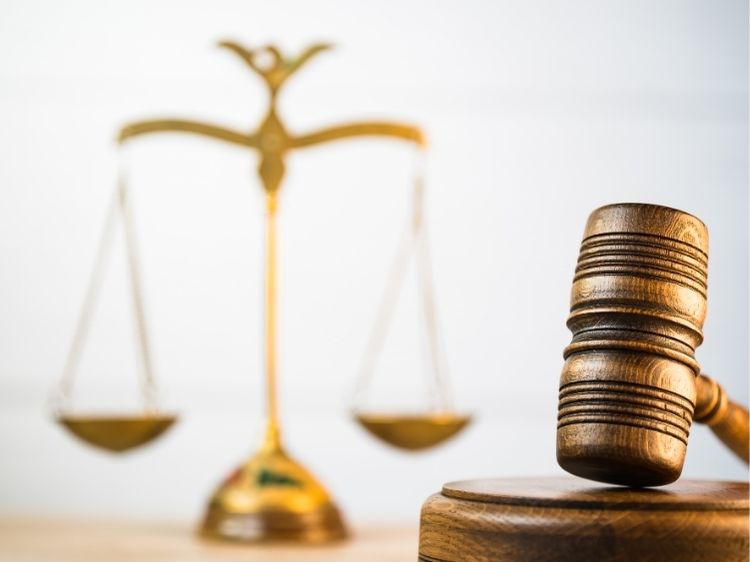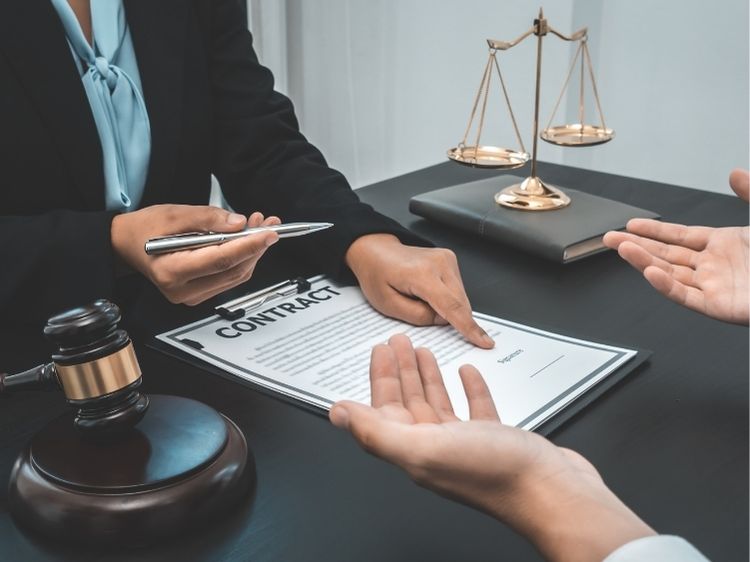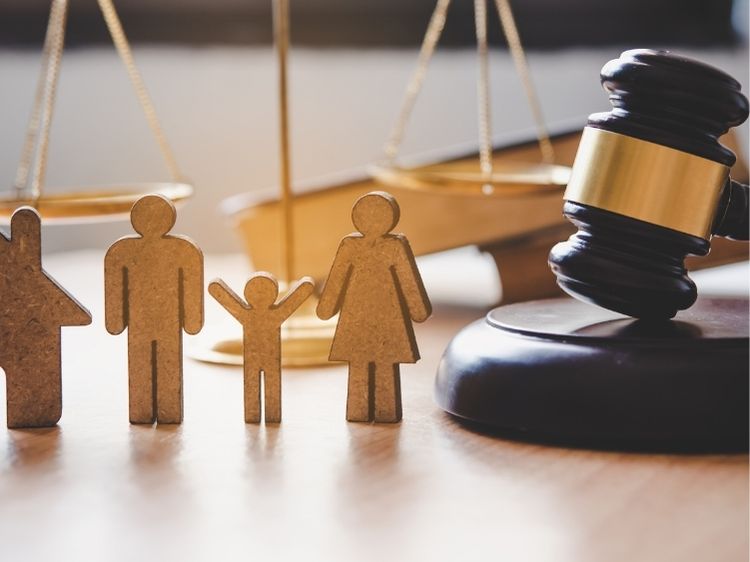When it comes to product safety, the law ensures that consumers are protected from faulty or dangerous products through product liability claims. But what exactly does product liability entail, and what are some real-world cases that demonstrate its significance? In this article, we’ll explore product liability cases examples, providing an in-depth look at the concept, types of claims, and notable examples. By the end, you’ll have a clearer understanding of how product liability works and what it means for both consumers and manufacturers.
What is Product Liability?
In simple terms, product liability refers to the legal responsibility a manufacturer, seller, or distributor holds if a product they’ve supplied causes harm or injury. This liability can arise from manufacturing defects, design flaws, or even a failure to provide adequate warnings or instructions.
Product liability cases can vary widely in scope, but they all share a common goal: to hold manufacturers accountable for their products’ safety. It’s not just about compensation; it’s about preventing future harm and promoting a safer market for all consumers.
Types of Product Liability Claims
There are three main types of product liability claims:
- Manufacturing Defect: This occurs when a product is incorrectly made, deviating from its intended design. For instance, a car with faulty brakes due to a manufacturing error would fall under this category.
- Design Defect: Here, the product’s design itself is inherently unsafe. Even if it’s made perfectly, the product is still dangerous due to a flaw in the way it was conceptualized.
- Failure to Warn (Marketing Defect): This involves the lack of proper instructions or warnings, making the product hazardous for consumers. For instance, a medication that doesn’t provide adequate warnings about potential side effects can lead to serious liability issues.
Notable Product Liability Cases Examples
1. The Ford Pinto Case
In the 1970s, the Ford Pinto became infamous for its defective design. The gas tank placement made it prone to explosions during rear-end collisions. Despite knowing about the flaw, Ford decided not to issue a recall, opting to save money over consumer safety. This decision resulted in multiple deaths and injuries, leading to one of the most notorious product liability cases examples in U.S. history.
The case highlighted the dangers of prioritizing profit over safety, and it ultimately cost Ford millions in settlements and legal fees. More importantly, it changed the way automakers approached vehicle safety, prompting stricter regulations.
2. Johnson & Johnson Talcum Powder Lawsuits
For decades, Johnson & Johnson marketed its talcum powder as a safe product for personal hygiene. However, several lawsuits revealed that the product was linked to ovarian cancer. Women who used the powder for personal care developed the disease, and it was discovered that the talc sometimes contained asbestos, a known carcinogen.
The lawsuits resulted in substantial financial settlements, and Johnson & Johnson has faced billions in compensation claims. This case is a prime example of product liability cases examples where failure to warn consumers led to severe health consequences.
3. McDonald’s Hot Coffee Case
The infamous McDonald’s hot coffee case is one of the most well-known product liability cases examples. In 1992, a woman named Stella Liebeck suffered third-degree burns after spilling McDonald’s scalding coffee on her lap. While many believed the case to be frivolous, it turned out that the coffee temperature was far hotter than necessary, posing a danger to consumers.
Liebeck sued McDonald’s, and the court awarded her significant compensation. The case became a landmark in consumer safety and led to businesses re-evaluating their product safety standards.
4. General Motors Ignition Switch Recall
In 2014, General Motors (GM) recalled millions of cars due to defective ignition switches. The switches could unexpectedly turn off, causing the car to lose power, including crucial safety systems like airbags. The defect was linked to over 100 deaths and numerous injuries.
This case is a clear example of a manufacturing defect, where faulty components led to severe consequences. GM faced massive fines, legal penalties, and public backlash, forcing the company to make significant changes to its safety protocols.
5. Tobacco Industry Lawsuits
The tobacco industry has faced multiple product liability claims over the years. These lawsuits generally fall under the failure to warn category, as tobacco companies were aware of the health risks associated with smoking but failed to properly warn consumers.
In the 1990s, states across the U.S. sued tobacco companies for the health-related costs of smoking. The resulting settlements, amounting to billions of dollars, forced tobacco companies to include health warnings on their products and fund anti-smoking campaigns. These cases remain significant in the history of product liability cases examples due to their scale and impact on public health policies.
Why Product Liability Matters
Product liability laws exist to protect consumers from harm. By holding manufacturers accountable, these laws ensure that businesses prioritize safety in their products. Without these protections, the market could be flooded with dangerous or defective items, leading to widespread harm.
The Role of Product Recalls
One way companies manage product liability is through recalls. When a defect is discovered, companies often issue a recall to prevent further harm. While recalls can be expensive and damage a company’s reputation, they are necessary for consumer safety. Major recalls, like those from automakers or tech companies, demonstrate the importance of addressing product issues quickly.
How to Avoid Product Liability Issues as a Business
For businesses, avoiding product liability issues is critical. Here are some steps manufacturers can take:
- Conduct Thorough Testing: Ensure all products undergo rigorous testing before they hit the market.
- Provide Clear Instructions: Proper labeling and instructions can help prevent misuse that could lead to injury.
- Implement Quality Control: Regularly monitor production processes to catch any defects early.
- Issue Recalls Promptly: If a defect is discovered, don’t wait—issue a recall immediately to prevent further harm.
FAQs
What is the difference between a manufacturing defect and a design defect?
A manufacturing defect occurs when there is an error in how a product is made, while a design defect exists in the product’s design, making it inherently unsafe even when manufactured correctly.
Can I sue a company if I was injured by their product?
Yes, if a product causes injury due to a defect or inadequate warnings, you may have grounds to file a product liability claim. It’s essential to consult a lawyer experienced in product liability cases to assess your situation.
How do product recalls affect liability?
A recall does not necessarily absolve a company of liability. If a product causes harm before the recall is issued, the company can still be held liable for damages.
Why are product liability cases important?
Product liability cases hold companies accountable for ensuring the safety of their products. They also encourage better safety standards across industries and prevent future harm to consumers.
Conclusion
Product liability cases have far-reaching implications, not just for the individuals involved but for entire industries. From the Ford Pinto case to the General Motors recall, these lawsuits have forced companies to rethink safety and prioritize consumer well-being. By understanding the key product liability cases examples, we can appreciate the importance of these laws in protecting consumers and ensuring a safer marketplace for all.
Authoritative Links (Plain URLs):
- www.cpsc.gov
- www.fda.gov
- www.nhtsa.gov
- www.nolo.com/legal-encyclopedia



